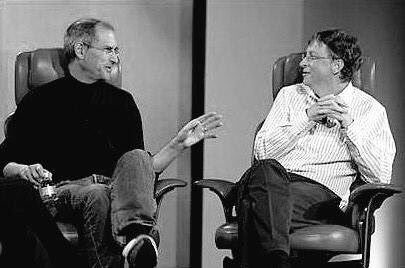
As you begin to walk out on the way The way appears.








Most often, traders have four fears. There’s the fear of being wrong, the fear of losing money, the fear of missing out and the fear of leaving money on the table. I found that basically, those four fears accounted for probably 90% to 95% of the trading errors that we make. Let’s put it this way: If you can recognize opportunity, what’s going to prevent you from executing your trades properly? Your fear. Your fears immobilize you. Your fears distort your perception of market information in ways that don’t allow you to utilize what you know. |
As traders, we need to observe ourselves carefully and recognise what our fears might be, decide how to resolve the issues (which cause these fears) then follow through with an action plan to eradicate the fears.
 As a trend develops, the reactions, or pullbacks, tend to become smaller. Traders looking to enter the trend wait for reactions to place their orders; as the move becomes more obvious, these reactions will get smaller and the increments of trend movement will become larger. When the reaction suddenly is larger, the move is ending; the change in the character of the move signals a prudent exit, even if prices continue erratically in the direction of the trend.
As a trend develops, the reactions, or pullbacks, tend to become smaller. Traders looking to enter the trend wait for reactions to place their orders; as the move becomes more obvious, these reactions will get smaller and the increments of trend movement will become larger. When the reaction suddenly is larger, the move is ending; the change in the character of the move signals a prudent exit, even if prices continue erratically in the direction of the trend.
 Implicit memory is comprised of unconscious emotional patterns of relating to ourselves and others. It’s the kind of memory you access without thinking. It’s what makes you feel characteristically you.
Implicit memory is comprised of unconscious emotional patterns of relating to ourselves and others. It’s the kind of memory you access without thinking. It’s what makes you feel characteristically you.
These are the types of behavioural patterns laid down implicitly in the brain:
How do you feel about yourself?
Are you good at self-care? Do you accept all aspects of your personality? Or do you tend to deny yourself, or verbally beat yourself up?
How are you with others?
Do you naturally gravitate towards others and enjoy their company? Or do you prefer being on your own?
Implicit memory guides our behavior automatically, without thought or effort. You can think of implicit memory as a set of instructions or procedures encoded in the brain. However, a procedure can’t easily be described in words or contained in images. These procedures are nonconscious and nonverbal. (more…)